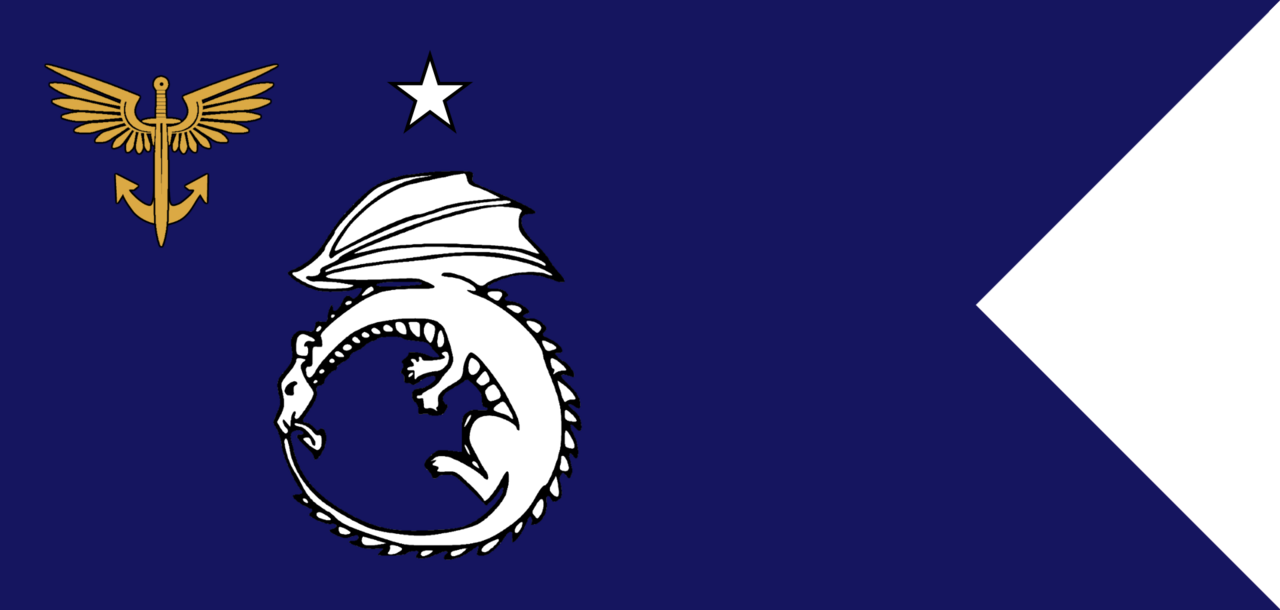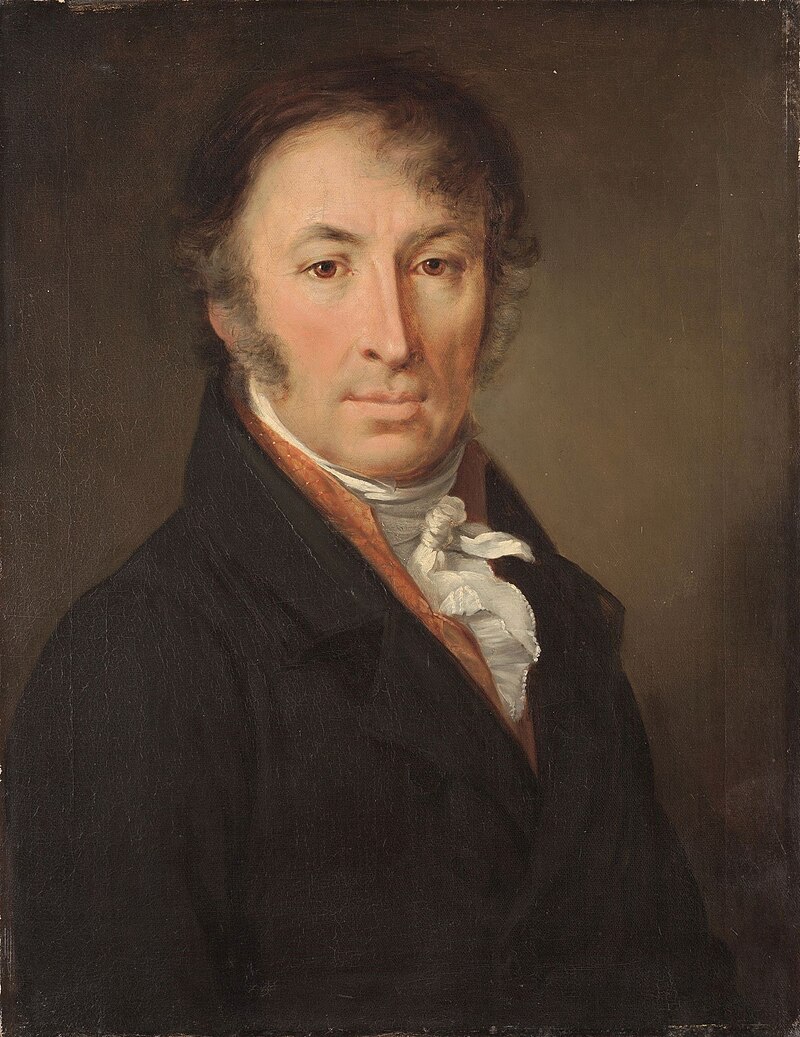History
The
history of Khastenia begins with the history of the Craviterean Szlavs. Szlavic migrations from the north and the south during the 5th and 6th centuries coalesced in the Yuliya Valley where the pre-Szlavic Hesi peoples were driven to near extinction by the incoming Szlavic peoples.
The traditional start date of specifically Khastenian history is the establishment of the Grand Princedom of Siloyev in the Yuliya Valley in 613, dominated by the Khastenes. Siloyev slowly expanded throughout the Yuliya Valley over the succeeding two centuries, finally conquering the Kaliniy Szlavs along the Phoenix Sea coastline in 825 under Grand Prince Vyekoslav III of Siloyev. In 827, he crowned himself
Tsar of the Khastenes. He renamed his realm
Khatenskiya, or Khastenia, after the Khastenes he ruled; beginning the Tsardom of Khastenia under the Gorchakov Dynasty. Zmeyism, a pagan faith centered around the worship of nature, ancestors, and dragons, was effectively made to be the state religion.
(Right: flag of the Tsardom of Khastenia)
After intervening in a war between Andrenne and Pólackaje-Yakuvony on Gothis in 1285, Tsar Fyodor III was offered the crown of Pólackaje-Yakuvony following a succession crisis. Upon accepting the crown in 1287, Fyodor III proclaimed the Khastenian Empire. In the 14th century, Ramelensk was transformed into a Vivanquian libreporto, “Ramo de Lanas.” 1387 saw Khastenia retake the city from Vivanco. The Empire saw itself at the height of its power and influence between 1566 and 1612 during the reign of Tsar Alexei II—also known as Alexei the Magnificent. With Alexei II as sovereign, the Empire notably adopted the
Sog Pravakh, an imperial charter of aristocratic rights to which Alexei II agreed.
(Left: portrait of Alexei II, r. 1566—1612)
Following Alexei II’s death in 1612 and the mismanagement of his successors, Imperial Khastenia began to slowly decline over the following two centuries. With the heirless death of Petr IV in 1721, the War of the Khastenian Succession began and lasted until 1727. This war saw the end of the Aksakov Dynasty, to be replaced with the Tsirkunov Dynasty. In 1748, Khastenia conquered the Imperium Suavidici’s province of Palmyra, reorganizing it under a colonial administration as the Imperial Protectorate of Rayvostoka. In 1788, Khastenia went to war with an alliance between Dhahara, Vivanco, and various Predicean states, beginning the War of the North Meterran Coalition. In 1792, following disastrous defeats on land and at sea, Khastenia influence was firmly removed from northern Meterra as the Empire lost the war.
In 1807, an army coup ousted Tsar Eduard V. A military government was established under Stanislav Vedenin, beginning the First Khastenia Republic with himself as Grand Marshal. In the chaos of the 1807 Revolution, Rayvostoka declared independence and became its own Tsardom. Eduard V managed to flee into the protection of the United Kingdoms of Andrenne and Goyanes (UKAG). The First Republic joined the side of Callise in the Wars of the Callisean Republic. By 1819, however, Siloyev was under siege by UKAG forces commanded by King Rikard III of Prydania. With his victory and Vedenin’s death, the First Republic capitulated. Eduard V was restored as Tsar, though he died in 1824.
Eduard V’s successor, Alexei III, would also succumb to a revolution. On 3 June 1848, after a protest over bread prices turned into a revolutionary mob, Alexei III was apprehended attempting to flee the Imperial Palace. He would later be executed alongside his family. The
Podzemnaya Respublika, or Underground Republic—a secretive collection of anti-monarchist revolutionary circles—formed a Provisional Government on 9 June. All over the country, soldiers and commoners, incited by the Underground Republic, attacked noble estates and officials who refused to join the revolutionaries. Those who refused to join were maimed, lynched, or driven off into exile and hiding. In Siloyev, a
Sobirat, or assembly, was organized. Three factions came to divide the Sobirat—the liberal-oriented Republican-Democrats led by Dmitriy Sonin; the labor-oriented Balandoviks led by Gennadiy Balandov; and the radical nationalist, Chevalierist Zashchitniks led by Milorad Astafyev.
(Right: portrait of Alexei III, r. 1824—1848)
The new Republic was immediately beset by enemies on many sides. The Norsian Empire and the Kingdom of Mintoria both simultaneously invaded Khastenia shortly after the revolution had begun. The Provisional Government hastily organized a revolutionary army with Sergei Kariyev as supreme commander. Under Kariyev’s command, the revolutionary army was able to defeat both the Norsians and the Mintorians by 1851. Kariyev then seized the port cities of Ramelensk and Kislopol from the Andrennians and Syrixians respectively in 1852.

As infighting within the Provisional Government continued, debates boiled over into street brawls between the three factions. On 11 July 1853, Kariyev locked down the capital and marched into Siloyev before declaring martial law. On 14 July, Kariyev proclaimed the formal abolition of the Khastenian monarchy and aristocracy, beginning the Second Khastenian Republic with himself as its first President. Over the next five years as President, Kariyev oversaw drastic reconstruction initiatives and the adoption of the Republic’s first constitution in 1857. In 1858, Kariyev made preparations for Khastenia’s first national democratic elections. With the electoral victory of Dmitriy Sonin, who had supported Kariyev’s coup, Kariyev gave up the Presidency and returned to private life before passing away in 1861. In 1862, the city of Tsaritsyn was renamed Kariyevgrad in his honor.
(Left: portrait of Sergei Kariyev in 1859)
With reconstruction and economic revitalization successful by 1860, Khastenia reemerged on the global stage. In 1860, the government-owned Meterran Sea Commerce Company (MSCC) established a trading post in the Seinokan city of Tsukishima, allowing Siloyev to expand its influence in the region. Khastenia sponsored and supplied an anti-daimyo revolt in 1870 which ignited the Seinokan Civil War. After the defeat of the feudal daimyos, the MSCC seized large plots of land formerly belonging to the now-landless Seinokan aristocracy. In 1884, Seinoku, under the Honorable Restoration Act, seized these lands from the MSCC. During the 1880s and 1890s under President Faddei Avandeyev, Khastenia, alongside numerous other foreign powers, sought out greater economic and political influence over Great Aria in the Aurorias. The Second Republic continued its era of prosperity up until the 1910s when the country experienced a massive economic downturn.
(Right: portrait of President Faddei Avandeyev, in office 1888—1898)
Domestically, the Second Republic suffered from constant political division and unrest. The Communist Party of Khastenia (KPK) agitated for a general strike in numerous cities, which turned into an attempted communist insurrection in 1917. Though the KPK's attempt at a Khastenian communist revolution was averted and the rebels crushed by the following year, this attempted revolution gave credence and legitimacy to the fledgling far-right ideology of fascism. The Khastenian Nationalist Republican Party, or KNRP, rapidly grew in popularity from a niche far-right movement to a credible electoral contender. The KNRP reached the height of its popularity in 1940, with a registered party membership of 5.1 million people.
Mintoria and Maloria simultaneously invaded Khastenia at exactly 5:14 am on 17 May 1944, partitioning the Second Republic's territory into occupied territories of the respective powers and the Khastenian National State (KNG)—a fascist puppet state under the rule of the KNRP, jointly protected by Mintoria and Maloria. The Khastenian Partisans were organized and led by Yaroslav Pugachyov, an army officer and statesman who refused to accept Khastenia's surrender. From there, Pugachyov and his Partisans engaged in an organized guerrilla warfare campaign against the Mintorians, the Malorians, and the KNG. In October 1947, the Partisans were able to defeat a joint Malorian-KNG military force sent to crush them, in part thanks to KNG defectors. By mid-spring 1948, the Partisans had successfully caused the KNG to collapse, with KNG military units either being forcibly disarmed by the Mintorians and Malorians or defecting to the Partisans. On 28 May, Partisan forces entered Siloyev and liberated the city from Mintorian troops by 9 June.

On 14 July 1948, the Council for the National Liberation of Khastenia was convened in Sirinsk by Pugachyov. The council was reconvened in Siloyev on 23 July and established the basis for the future post-war Khastenian government. Mintoria and Maloria, facing major military setbacks in Khastenia as well as in other theaters of the Fascist War, were finally pushed out of the country by March 1951. 23 July was enshrined as the new date for Republic Day as a national holiday, and the newly-proclaimed Third Republic was restored to Khastenia's pre-war borders.
(Right: Yaroslav Pugachyov in 1954)
In a secret agreement with Imperial Norsia, Khastenia and Norsia simultaneously invaded and partitioned the neighboring nation of Ereion in 1955. Norsia got the lion's share of the formerly sovereign state, whilst Khastenia acquired Vaasa and a coast on the Auburn Channel. Pugachyov negotiated with the victorious Allies for overseas possessions and was granted Oklusia. There the newly-arrived ethnic Khastenian settler population began displacing the native peoples and established a racially segregated society. While the 1950s were known for rising tensions with Norsia and post-war recovery, the 1960s and 1970s became known for mass civil outrage over rampant government corruption, racial discrimination, and police brutality, culminating in the General Riots of 1979-80. The government cracked down on the riots and passed numerous economic reforms throughout the 1980s. The 1980s also saw Oklusia gain independence, as the Khastenian government failed to pressure the Okluski dominant minority into dismantling their apartheid regime. Relations with Imperial Norsia also began to rapidly worsen with the ascension of Empress Elli I.
The 21st century saw Khastenia barreling toward an all-out war with Imperial Norsia by 2010, rapidly worsening relations with Syndicalist Prydania, and the country attempting to grow closer and closer to Saintonge, Goyanes, Maloria, and Andrenne politically and economically. With the outbreak of open civil war in Prydania in 2013, Khastenia began shipping humanitarian aid north. Following a major victory for the royalist Front of National Unity (FRE) at the Battle of Hadden, Khastenia officially recognized the royalists as the legitimate governing force and the Syndicalist Republic under Thomas Nielsen as an illegitimate, criminal regime. In 2017, the Prydanian Civil War ended in an FRE victory and Elli I of Norsia was overthrown and succeeded by her daughter, Alycia, who pursued detente with Khastenia.
In 2019, after decades of civil unrest, growing separatist sentiments, and allegations and instances of police brutality in the Vaasan Autonomous Republic, the Vaasan National Defense Front (WNVF) launched the Republic Day terrorist attacks on 23 July. Between Siloyev, Ramelensk, and Kariyevgrad, 181 people were killed and hundreds more were injured. The Vaasan War (2019—2021) saw the WNVF attempt to violently secure Vaasan independence, only to be defeated by the Khastenian military. The WNVF formally capitulated on 21 January 2021.



















